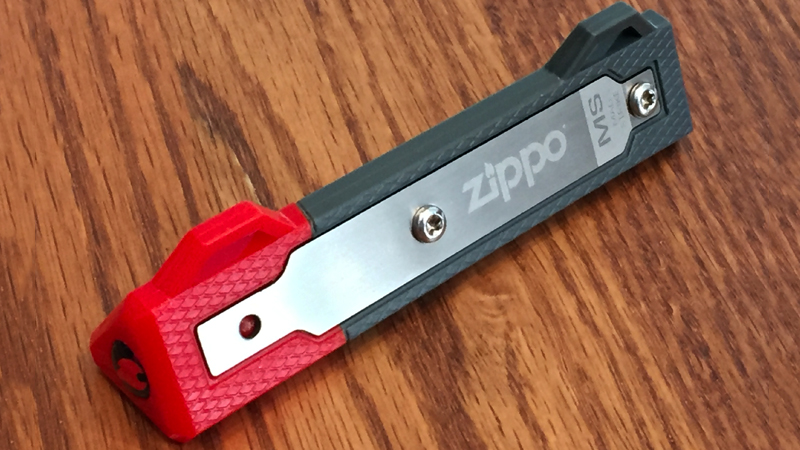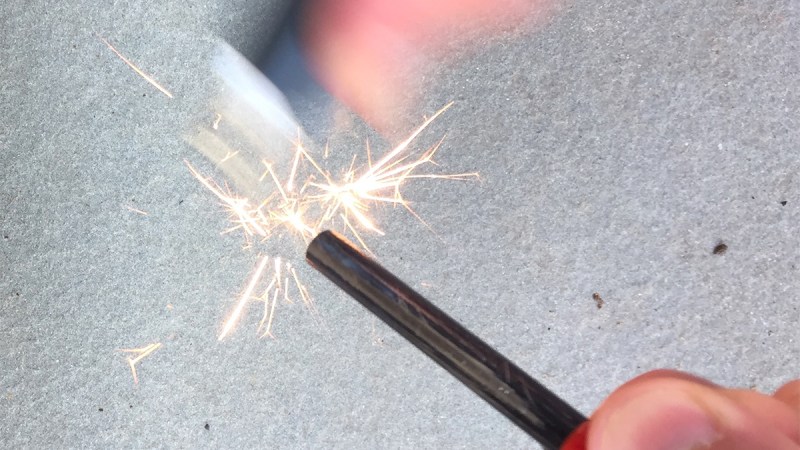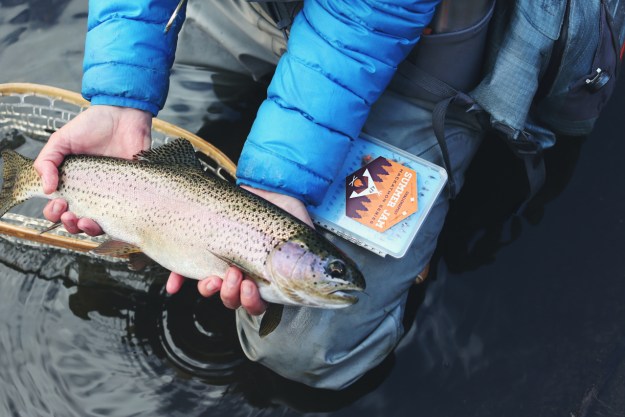In most parts of these United States of America, the summer weather is still going strong, which is to say it’s hot out. Likely the last thing you’re thinking about right now is a warm, crackling fire; not when it’s still the season of swimsuits, beach parties, and mosquitoes rife with dengue fever. But autumn comes on apace, friends, and with her comes colder weather. Soon enough, you’ll be clearing the cobwebs from your fireplace, dusting off the outdoor fire pit, and splitting logs and kindling to make yourself a warming, welcome blaze. (Colder climes can also be found at any time simply by ascending a few thousand feet into the mountains, FYI. I recommend you do that from time to time.)
If you’re like me, you like to be prepared. That’s why I started testing out my new Zippo Mag Strike fire starting tool a few weeks ago, despite the fact that it was still in the upper 80s most days. By the time the first cold front comes through, you too could have mastered the technique involved in starting a fire using your own handy Zippo Mag Strike. In fact, you can probably master its use with about about five minutes of concerted effort. As for making the perfect pile of tinder to catch the shower of sparks you’ll be creating, and as for laying the perfect fire to help delicate embers grow into a raging conflagration pleasant campfire or a fire in the hearth, that will require more practice. We’ll discuss that another day.
The Zippo Mag Strike Fire Starter Tool…
…is essentially nothing more than a 5/16-inch rod of ferrocerium — an alloy designed to create hot sparks with friction — set into a triangular grip. The rod slides into a protective ABS plastic case when not in use, and built into this case is a stainless steel chisel-like protrusion with a sharp edge perfect for use scraping the ferrocerium. That’s it: simplicity is the name of the game here. The Zippo Mag Strike is really nothing more than a rod that readily sparks when struck and a striking tool with which to create said sparks. You don’t gild a lily, right? Same concept applies here.

OK, there are a few more aspects worth noting. The triangular base at the end of ferrocerium rod and the triangle shape into which the strike is set allow for an easy, firm grip even when the tool is damp or when your fingers are chilled. The unit features dual loops through which a lanyard can be tied for secure storage and/or easy access. And the snug case will keep the rod dry even in a downpour, though to be fair, with enough oppressor applied, you can probably draw sparks even when the tool is damp. The Mag Strike retails for just under $15, and considering it might help you start a lifesaving fire if you’re ever lost in the wilderness (and/or in a post apocalypse type of scenario), that’s a damn good value.
Now… there are a few critiques I have to make here. The brand new rod arrives covered with a thin layer of protective coating that must be scratched off before you can draw a decent spark. It takes a solid five minutes of scraping to remove this essentially pointless coating, though the process could be sped up with a file or even a sander. You, of course, will have tested and prepared your gear long before you ever need it, so this will be merely a frustration, not a real setback in the field when every second counts as your extremities go numb, but I’ll wager you see my point.

Second, while the sparks came off the end of the rod nice and hot, the ready-made “Tinder Shreds” tinder bundles also sourced from Zippo did not readily take a flame. I know my way around a fire rather well, and I know I was raining plenty of hot sparks down on the bundles, which I had even roughed up some to allow for more air and surface area, and still no dice. Granted, I only tried for a minute or two, and I’m sure eventually I would have prevailed (and I’m sure they burn hot and slow), but if you want to be sure you’ll get a fire going fast, I’d bring along a block of magnesium to shave down, just as an extra precaution.
Overall, for the price, the Zippo Mag Strike is worth having in your pack.


